OpenScore aims to bringing digital sheet music to everyone, including people who are blind or partially sighted. However, simply producing digital scores is not enough; the software used to read the scores needs to be accessible too.
Accessibility is rarely a priority for commercial software providers, and the situation with sheet music software is particularly dire: no major commercial music notation editor released in the last decade has offered meaningful accessibility support. However, as an open source program, MuseScore is able to cater for a wide range of needs. For the last few years, MuseScore has been working in close partnership with RNIB, the UK’s leading charity for people who are blind or partially sighted, to improve MuseScore’s accessibility features.
The latest project has seen the development of MuseScore's screen reader support on Windows. Already, the open source NVDA screen reader is able to recognise MuseScore’s palettes, dialog boxes and score elements. We now plan to extend support to other platforms and screen readers, including Jaws (Windows), VoiceOver (macOS), and hopefully the Orca screen reader on Linux.
Once the digital scores have been created, blind and partially sighted (and sighted!) musicians can use the playback functions to learn the piece by ear. However, it’s not enough simply to be able to listen to the score, because there may be details hidden in the notation that are difficult to pick out from a recording. Furthermore, a performance, whether it is done by a computer or by a live musician, is only one interpretation of the piece. Blind and partially sighted musicians need access to the notation if they are to be able to fully appreciate the piece and understand the composer’s intentions.
One solution to enable blind people to read music notation is Braille. Braille uses a system of raised dots to communicate information by touch, and is commonly used by blind people for reading text. However, Braille music notation bears little resemblance to ordinary music notation, or even to ordinary Braille text, making it difficult to teach and learn. This, combined with the fact that there is a general lack of music available in Braille, means that few blind musicians ever learn to read Braille music. The situation should improve as more digital scores become available, because these can be converted into Braille using software tools. However, a solution is still needed for blind and partially sighted musicians who don’t read Braille.
Audiobooks are the non-Braille solution to enable blind people to enjoy stories, and interactive formats exist to provide audible descriptions of pictures and charts in textbooks. There has been some discussion in accessible circles about doing the same for sheet music, but little progress has been made so far. However, Peter Marchant, a UK-based software developer, has created a prototype "Talking Scores" mobile application to provide an audible description of MIDI files.
Peter’s application is unique in that it not only describes MIDI scores using a synthesised voice, but it can actually be operated by a combination of a foot pedal and voice commands given by the user. Commands are along the lines of “play four bars with a metronome”, or “play the right hand at half speed”, or “play the left hand while describing the bottom note”, etc. Instructions are remembered, creating a command state which persists until cancelled or overridden. For example, “play four bars with a metronome” not only causes those four bars to be played with a metronome; it also enables the metronome for all future playback requests until the user explicitly says "without metronome". Similarly, future request will implicitly contain "four bars" until a new number of bars is given, or the entire piece requested.
A voice-based interface is extremely helpful for blind users, and those who struggle to operate the touch-based interfaces prevalent on modern mobile devices. It may also prove a valuable feature among sighted users. Consider a musician who is trying to play along with the digital accompaniment, and doesn’t want to put down their instrument to operate the physical controls: “Maestro, from the top, please!”. As is often the case, meeting the needs of accessibility users makes an application easier for everybody to use.
- Accessible sheet music in Braille and MSN formats is available on RNIB’s MuseScore page.
- Tutorials for using MuseScore’s accessibility features are available on MuseScore.org.





